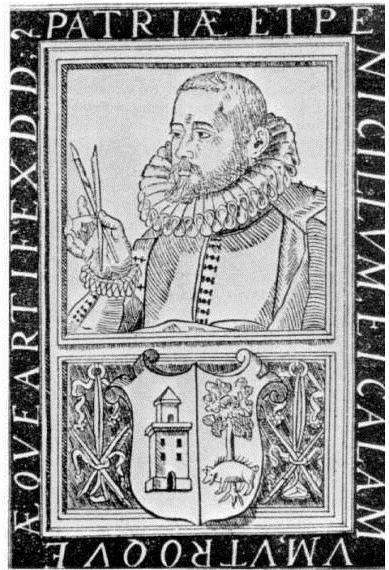Baltasar De Echave on:
[Wikipedia]
[Google]
[Amazon]
 Baltasar de Echave Orio (late 16th century – mid-17th century) was a
Baltasar de Echave Orio (late 16th century – mid-17th century) was a
Baltasar de Echave Orio - The Adoration of the Kings - Google Art Project.jpg, The Adoration of the Magi
Baltasar de Echave Orio - The Prayer in the Garden - Google Art Project.jpg, The Prayer in the Garden
Baltasar de Echave Orio - The Martyrdom of Saint Apronianus - Google Art Project.jpg, The Martyrdom of Saint Apronianus
Baltasar de Echave Orio - The Martyrdom of Saint Pontianus - Google Art Project.jpg, The Martyrdom of Saint Pontianus
Baltasar de Echave Orio - The Porciúncula - Google Art Project.jpg, The Porciúncula
Baltasar de Echave Orio - Portrait of a Lady - Google Art Project.jpg, Portrait of a Lady
 Baltasar de Echave Orio (late 16th century – mid-17th century) was a
Baltasar de Echave Orio (late 16th century – mid-17th century) was a Basque
Basque may refer to:
* Basques, an ethnic group of Spain and France
* Basque language, their language
Places
* Basque Country (greater region), the homeland of the Basque people with parts in both Spain and France
* Basque Country (autonomous co ...
Spanish painter. As there was a painter of the same name, thought to be his son, he is known as Echave the Elder.
Life
He was born at Zumaya, Guipuzcoa, Spain, and became one of the earliest Spanish artists to reach Mexico, arriving at about the same time, near the end of the 16th century, as Sebastian Arteaga and Alonzo Vasquez. As was tradition for young men of that time, his wife, also a painter, was his instructor. He died inMexico
Mexico, officially the United Mexican States, is a country in North America. It is the northernmost country in Latin America, and borders the United States to the north, and Guatemala and Belize to the southeast; while having maritime boundar ...
. His son was Baltasar de Echave Ibía and his grandson was Baltasar de Echave Rioja, both painters.Jonathan Brown, "From Spanish to New Spanish Painting, 1550-1700" in ''Painting in Latin America, 1550-1820'', Luisa Elena Alcalá and Jonathan Brown, eds. New Haven: Yale University Press 2014, p. 133.
Works
Echave, whose subjects are chiefly religious, had especial skill in composition, and his best works are compared toGuercino
Giovanni Francesco Barbieri (February 8, 1591 – December 22, 1666),Miller, 1964 better known as (il) Guercino (), was an Italian Baroque painter and draftsman from Cento in the Emilia region, who was active in Rome and Bologna. The vigorous n ...
.
The Academy of San Carlos, Mexico City
Mexico City is the capital city, capital and List of cities in Mexico, largest city of Mexico, as well as the List of North American cities by population, most populous city in North America. It is one of the most important cultural and finan ...
, has some of his major works:
In the church of San José el Real, generally known as the "Profesa", several others exist, including "St. Isabel of Portugal", while he executed for the church of Santiago Tlaltelolco fifteen altar-panels. In the cathedral is his "Candelaria" and a "San Sebastian", believed to be by his wife. Among the smaller paintings of Echave is one of San Antonio Abad with St. Paul, the first hermit.
The artist also had a reputation as an author, among his works being one on the Basque language
Basque ( ; ) is a language spoken by Basques and other residents of the Basque Country (greater region), Basque Country, a region that straddles the westernmost Pyrenees in adjacent parts of northern Spain and southwestern France. Basque ...
(''Discursos de la antigüedad de la lengua cántabra Bascongada'', Mexico, 1607).
References
External links
{{DEFAULTSORT:Echave, Baltasar de 16th-century Spanish painters Spanish male painters 17th-century Spanish painters Basque painters People from Zumaia